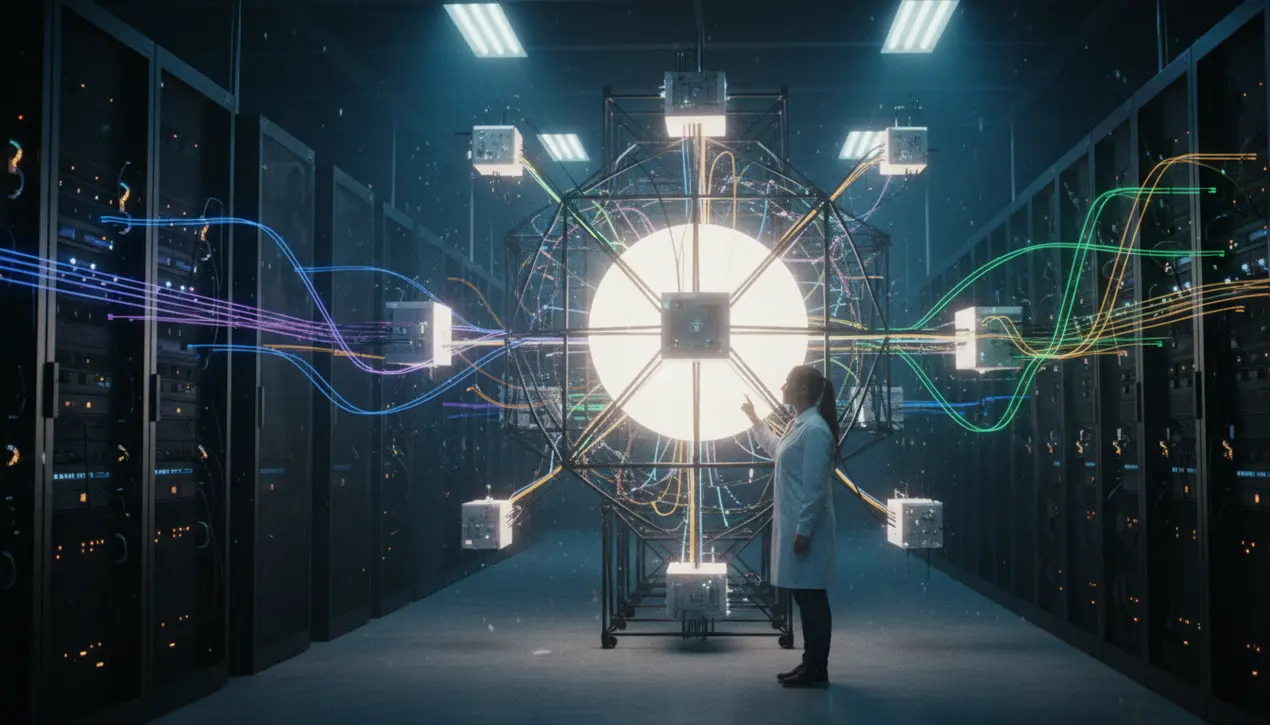
AIresearch & breakthroughsNew Model Architectures
The Big Picture: AI Research and New Model Architectures.
DA
Daniel Reed
1 day ago7 min read3 comments
The relentless pace of artificial intelligence research is currently in the midst of a profound architectural shift, moving beyond the scaling of transformer-based large language models that have dominated the landscape. We're seeing a fascinating divergence in research pathways, reminiscent of the early debates between symbolic AI and connectionism.On one front, organizations like Google DeepMind are pushing the boundaries of multimodality with architectures like Gemini, which natively processes text, images, and audio in a unified model, a significant step beyond the bolt-on approaches of the past. This isn't just about adding new sensory inputs; it's a fundamental rethinking of how different data streams can be synergistically combined to create a richer, more contextual understanding, much closer to human cognition.Simultaneously, a growing contingent of researchers, concerned with the staggering computational costs and energy consumption of ever-larger models, is championing a return to first principles with state space models (SSMs) like Mamba. These architectures, drawing from classical control theory, offer a compelling alternative to the quadratic complexity of transformers, promising linear-time scaling for sequence length and more efficient handling of long-range dependencies, which could democratize advanced AI capabilities by reducing the barrier to entry for training and deployment.The implications are staggering. Imagine a future where AI assistants don't just answer questions but maintain a persistent, evolving state of context across days or weeks of interaction, a capability SSMs are uniquely positioned to enable.Meanwhile, the push for agentic systems, fueled by architectures that can plan, execute tools, and self-correct, is moving us closer to practical applications that go far beyond simple text completion. This isn't just an academic exercise; it's a race to define the next technological epoch.The victors of this architectural upheaval will not only hold the keys to the most powerful AI systems but will also dictate the geopolitical and economic landscape for decades to come, influencing everything from national security to the very structure of global industries. As we stand at this inflection point, the critical question is no longer just about model performance on a benchmark, but about efficiency, accessibility, and the ultimate alignment of systems whose internal workings are becoming increasingly complex and, in some cases, more interpretable. The big picture is clear: the monolithic era of the transformer is giving way to a new, heterogeneous ecosystem of specialized architectures, and the next breakthrough may not come from simply making a model bigger, but from a clever, fundamental insight into the mathematics of computation itself.
#editorial picks news
#artificial intelligence
#model architecture
#research breakthrough
#machine learning
#scientific discovery
#AI development
Stay Informed. Act Smarter.
Get weekly highlights, major headlines, and expert insights — then put your knowledge to work in our live prediction markets.
Comments
Loading comments...
© 2025 Outpoll Service LTD. All rights reserved.